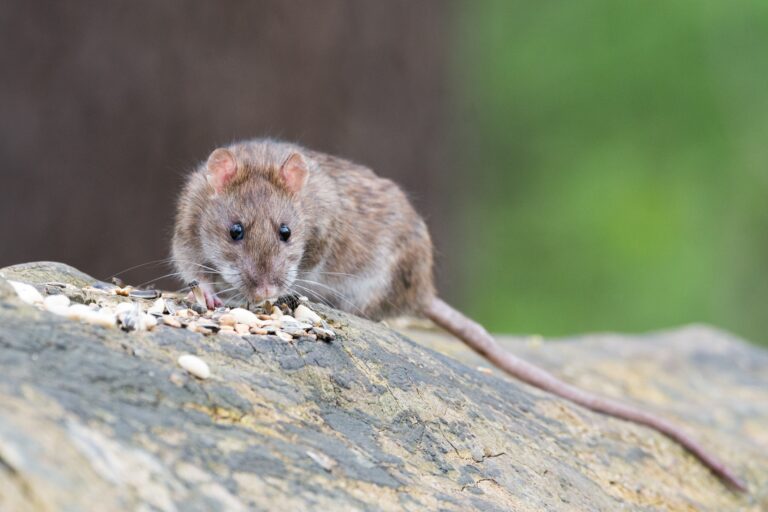A three-point plan to help control farm rodents
Farmers are being urged to follow a three-point rodent control plan this autumn to avoid significant infestations later in the year. Thorough farm checks, consistent baiting schedules and the use of effective baits will be essential.
According to Sharon Hughes, BASF Global Technical Marketing Manager for rodenticides, thorough preparation is especially important now. This is because resistance to some anticoagulant baits, and the requirement for farmers to be trained in order to purchase greater than 30 ppm (parts per million) anticoagulant rodenticide baits, has changed how UK farmers can effectively target rodents.
Hughes advises farmers to prepare farms in autumn or risk rodent infestations in the new year. “Baiting needs to be planned and consistent, using a highly palatable bait to control rodent numbers on farms. It is believed that all baits have a high rate of efficacy and that rodents have little to no resistance to them. However, this is not the case because rats have already shown resistance to first generation anticoagulants as well as the second-generation anticoagulants difenacoum and bromadiolone.”
Effective rodent baits are only one factor in effectively controlling infestations in rural areas. Sharon suggests that preparation, consistent baiting schedules and well-placed baits will help control farm rodent infestations.
Walk the farm
Understanding how rodents use your farm as a place for harbourage will help identify areas where infestations can start. Remove rubbish and clean up areas rodents may use for shelter, especially those areas that can be burrowed into.
Any food source will attract and help to sustain a rodent infestation. Remove any split food bags, clear away any spilt feed and make sure there is no old packaging left out from feeding livestock that can provide harbourage and nesting material.
Look for areas with existing signs of rodent activity and give these areas particular consideration before baiting. Fill in holes, expose areas by cutting back vegetation and remove any items that have previously been used for harbourage or could be used in the future.
Plan your baiting schedule
If despite cleaning and clearing, rodents still migrate onto your farm, then a planned baiting schedule may be required.
A responsible person must be available to manage the baiting schedule and carry out the planned activity. This should account for any commitments or holidays and consideration should be given to the potential for daily checks to be made in some cases.
Bait effectively
Palatability of a bait is one of the key factors which dictate the quantity of bait a target rodent is likely to consume. A potent bait is useless if it is not appealing and rodents may ignore baits if other food sources are readily available. It is therefore crucial that all other food sources are kept to a minimum and a highly palatable bait is used.
The potential for neophobia in rats (suspicion and fear of the new or unfamiliar objects) can also affect baiting efficiency. The introduction of new objects in the environment of a rat can cause such suspicion and fear. This is likely to result in any bait, or bait box, being avoided and the length of the baiting schedule increasing. Therefore, for rats, bait boxes should be placed and left in one place to allow for acclimatisation and then used when required. Careful consideration should be given to the positioning and quantity of bait stations and users should always read and follow the label directions.


